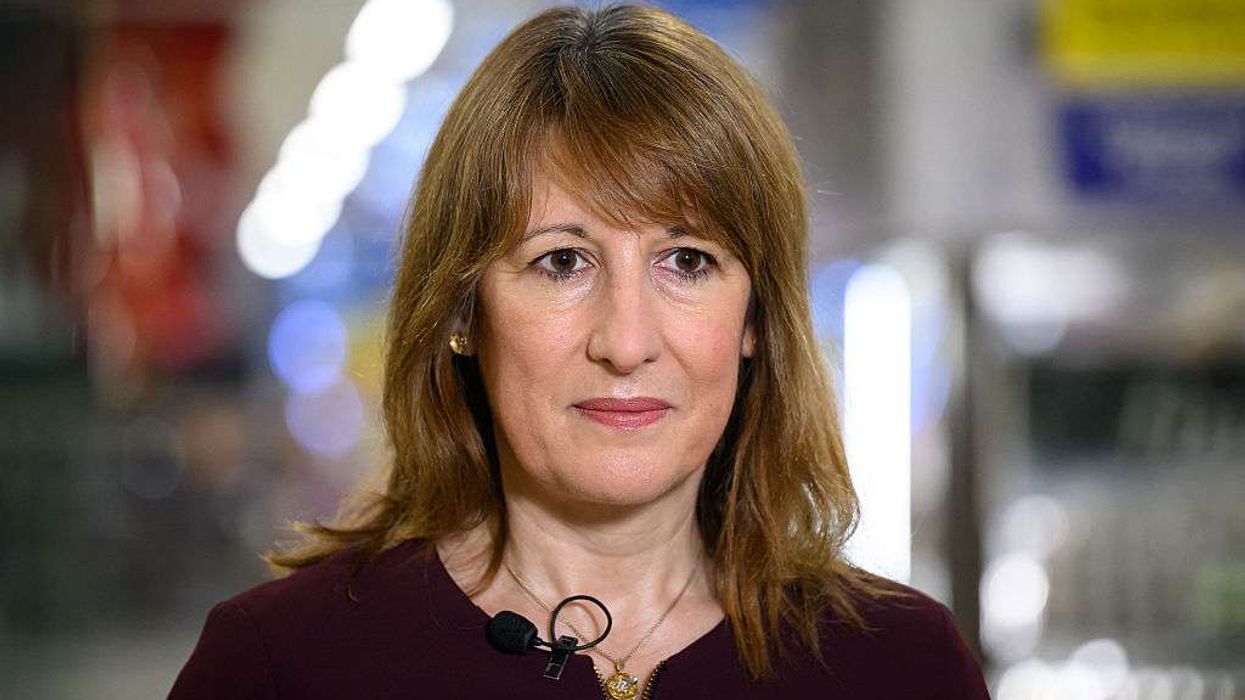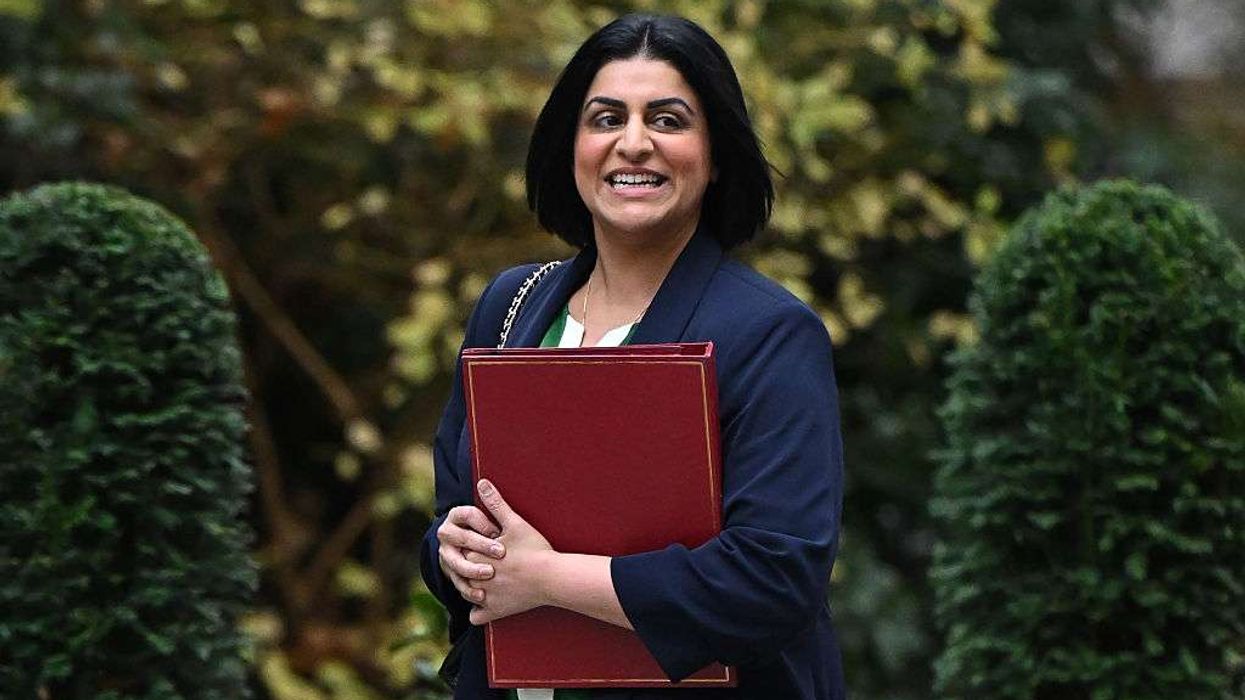Highlights:
- Sinner becomes the first Italian man to win singles at the All England Club
- Sinner avenges French Open loss, wins in four sets
- Sinner and Alcaraz have now shared the last seven Grand Slam titles
Jannik Sinner beat Carlos Alcaraz 4-6, 6-4, 6-4, 6-4 on Sunday to win his first Wimbledon title and take revenge for his loss to the Spaniard in the French Open final.
The 23-year-old world number one became the first Italian man to win the singles title at the All England Club and now holds four Grand Slam titles.
Sinner lost the opening set but gained momentum quickly and closed out the match in just over three hours. He had missed three championship points in his French Open final loss five weeks ago, but this time made no mistake.
Sinner's crowning moment 🤩#Wimbledon pic.twitter.com/CpQxPKAS73
— Wimbledon (@Wimbledon) July 13, 2025
Sinner said he was living his dream, receiving a loud reaction from the Centre Court crowd.
Sinner thanks Alcaraz, calls win a dream
An amazing tournament, but mostly thank you for the player you are, Sinner said, addressing Alcaraz after the match. It's so difficult to play against you, but we have an amazing relationship off the court and on the court... Keep going, keep pushing and you are going to hold this (trophy) many times. You already have two!
Sinner and two-time defending Wimbledon champion Alcaraz have now shared the past seven Grand Slam titles between them, with Sinner winning four. Their rivalry is seen as a key one for the post-Roger Federer, Rafael Nadal and Novak Djokovic era.
In the French Open final last month, Sinner had taken a two-set lead and held multiple championship points before Alcaraz came back to win. On Sunday, Sinner said he used that loss as motivation.
We tried to accept the loss and just kept working, he said. This is for sure one of the reasons I am holding this trophy here. I am just so grateful that I am healthy and have great people around me, and holding this trophy means a lot.
Match turns after first set
Before the Wimbledon final, Sinner had lost five times in a row to Alcaraz, including the Italian Open final, which was his first tournament after returning from a doping ban. He reversed that run at Wimbledon, preventing Alcaraz, 22, from winning his sixth Grand Slam.
In the final, Alcaraz hit a forehand long to give Sinner the first break of the match. The Spaniard then broke back to level at 4-4 in the opening set. Sinner double-faulted to give Alcaraz a set point, which the world number two converted with a backhand winner.
Sinner broke early in the second set and led 3-1 before a brief stoppage due to a champagne cork on court. He closed out the set with a forehand winner to level the match.
Sinner shined in the biggest moments 😮💨
Today's Play of the Day, presented by @BarclaysUK #Wimbledon pic.twitter.com/KF8rG5fTNa
— Wimbledon (@Wimbledon) July 13, 2025
The third set went with serve until 4-4, when Sinner broke as Alcaraz slipped on the baseline. Sinner then took a two-sets-to-one lead. He broke again in the fourth set and served out the match on his second championship point.
Strong campaign, historic result
Sinner had a strong start to his Wimbledon campaign, losing just 17 games in his first three rounds — matching an Open era record set in 1972. He advanced through the fourth round after Grigor Dimitrov retired with an injury while leading by two sets. Sinner then beat 10th seed Ben Shelton in the quarter-finals and defeated seven-time Wimbledon champion Novak Djokovic in the semi-finals.
Alcaraz was aiming to become only the fifth man in the Open era to win three consecutive Wimbledon titles after Bjorn Borg, Pete Sampras, Roger Federer and Novak Djokovic.
It is a really well-deserved trophy after an unbelievable two weeks here in London for you, playing great tennis, Alcaraz said to Sinner.
Sinner said the French Open loss helped him prepare emotionally for Sunday’s final.
I would say mostly emotionally because I had a very tough loss in Paris. But it doesn't matter how you win or lose, you just have to understand what you did wrong and try to work on it, Sinner said. This is what we did. This is one of the reasons I'm here holding this trophy.
Trying to become a better tennis player, but mostly a better person ♥️
Jannik Sinner gives his team a heartfelt thank you following his victory at #Wimbledon pic.twitter.com/vFisxfE6J2
— Wimbledon (@Wimbledon) July 13, 2025
Reflecting on his career, Sinner added: It’s so special. We were talking before the match. We would never have thought of being in this position back in the days when I was young. It was just a dream. This was so far away from where I am from.
Alcaraz, who had won 24 matches in a row coming into the final, said he had no regrets.
It's difficult to lose but first of all I have to congratulate Jannik. It is a really well-deserved trophy. He was playing great tennis, Alcaraz said.
Really happy to be able to build a really good relationship with him off the court and a great rivalry on the court.
I want to keep bringing joy on the court.
You certainly do that, Carlos 🫶#Wimbledon pic.twitter.com/2ISsQK8gZ2
— Wimbledon (@Wimbledon) July 13, 2025
Alcaraz added: Really proud of everything I'm doing. At the beginning of the season I struggled a bit and then suddenly I started to bring joy to the court again. Wimbledon is one of the most beautiful tournaments that we have on tour. I feel at home every time that I come here. It is such a beautiful court. The atmosphere is insane. It's a great journey so far. I just want to keep it going.
Sinner’s path to the 2025 Wimbledon title:
1st rd: bt Luca Nardi (ITA) 6-4, 6-3, 6-0
2nd rd: bt Aleksandar Vukic (AUS) 6-1, 6-1, 6-3
3rd rd: bt Pedro Martinez (ESP) 6-1, 6-3, 6-1
4th rd: bt Grigor Dimitrov (BUL x19) 3-6, 5-7, 2-2, Dimitrov retired
QF: bt Ben Shelton (USA x10) 7-6 (7/2), 6-4, 6-4
SF: bt Novak Djokovic (SRB x6) 6-3, 6-3, 6-4
F: bt Carlos Alcaraz (ESP x2) 4-6, 6-4, 6-4, 6-4
(With inputs from agencies)













